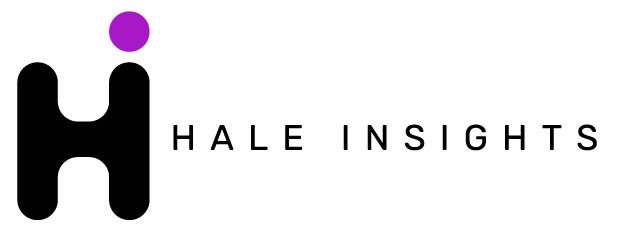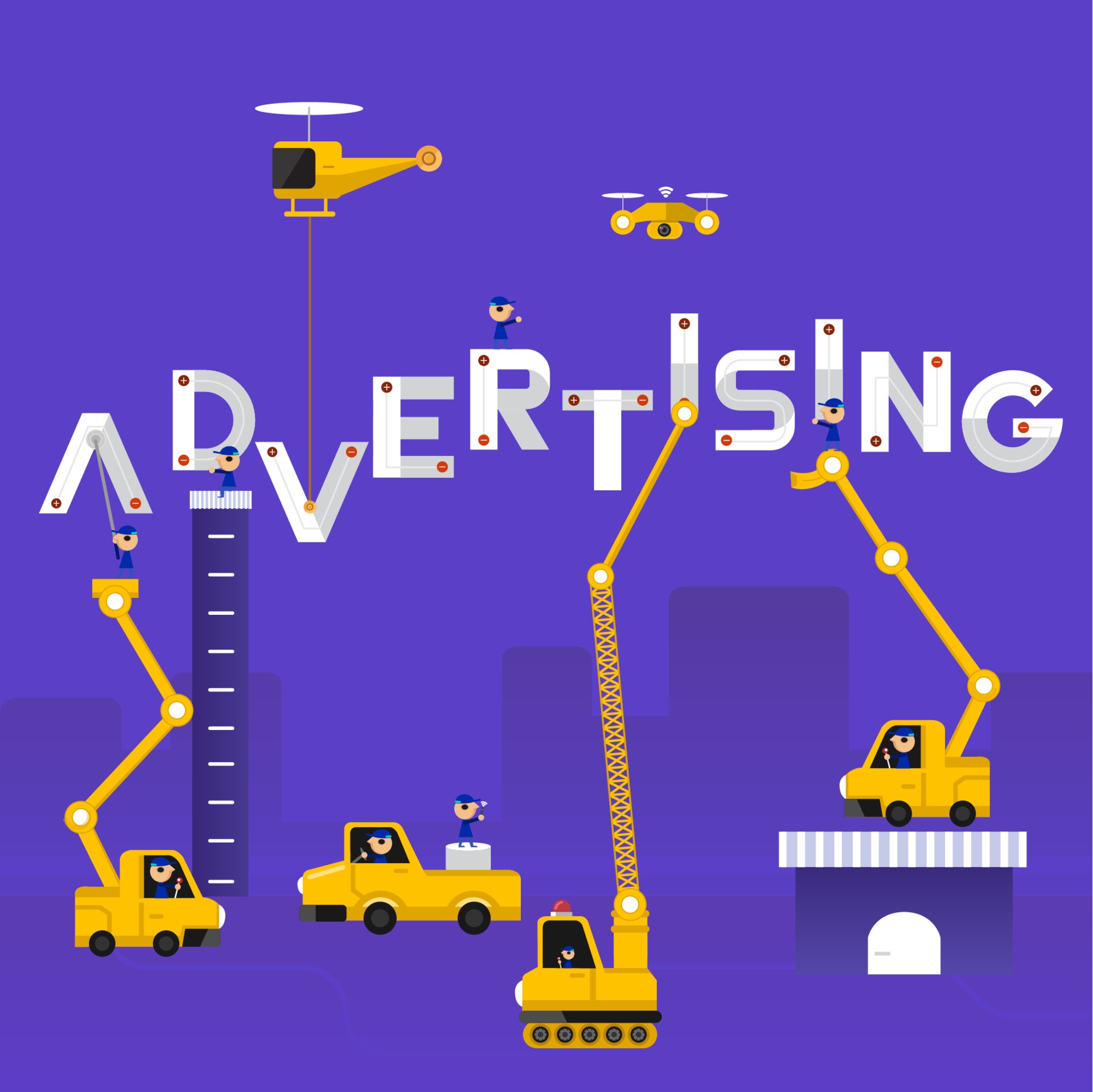You may have heard people rave about programmatic ads if your business uses online advertising. Your ad could be brilliant, but your campaign will only reach its true potential if it’s in the right place and targeted at the right people. This article will explain the ins and outs of programmatic advertising, best practices, and brands doing it right.
What is Programmatic Advertising?
Programmatic advertising refers to the use of software to automate the buying and selling of online advertising space. The automated advertising method allows for more efficient targeting of audiences and real-time adjustments to campaigns based on performance data.
One of the main benefits of programmatic advertising is the ability to target specific demographics, such as age, location, and interests.

Advertisers also use programmatic advertising to reach specific audiences on specific websites, apps, and other digital platforms.
By automating the process of buying ad inventory, programmatic advertising enables advertisers to reach their target audience more effectively and with greater precision than traditional methods.
Targeting the right audience is critical for the success of a programmatic advertising campaign.
Here are a few ways to target the right audience using programmatic advertising:
- Demographic targeting: Demographic targeting allows you to target specific groups of people based on their age, gender, location, income, and other factors. Targeting allows you to reach specific audiences, such as women between ages 25 and 34 in a particular city or men with a household income of over $100,000.
- Behavioral targeting: Behavioral targeting allows you to target audiences based on their online behavior, including website visits, search history, and online purchases. By targeting users with specific behaviors, you can reach audiences more likely to be interested in your product or service.
- Contextual targeting: Contextual targeting allows you to target users based on the content of the website or app they are currently on. Contextual targeting can include keywords on a webpage, the category of a website, or the type of app being used. By targeting users in specific contexts, you can reach audiences more likely to be interested in your product or service.
- Retargeting: Retargeting allows you to target users who have previously interacted with your brand or website. Retargeting can include things like website visitors, email subscribers, or customers. By retargeting users who are already familiar with your brand, you can increase the chances of converting them into paying customers.
- Lookalike targeting: Lookalike targeting uses data from your current customers to identify and target new users with similar characteristics and behaviors. Lookalikes can help you expand your reach and connect with people interested in your product or service.
- Geo-targeting: Geographic targeting allows you to target users based on their location, including city, state, or country. Geotargeting is particularly useful for reaching a local or regional audience.
It’s essential to use different targeting methods to reach your desired audience effectively. With programmatic advertising, you can continuously analyze the performance data and improve your targeting strategy. Programmatic advertising platforms also provide a wide range of audience data and targeting segments that can be used to refine the targeting process and optimize the performance of the campaigns.

Programmatic advertising also allows for the real-time optimization of campaigns.
Programmatic advertising also allows for the real-time optimization of paid search campaigns. Programmatic advertising platforms can continuously adjust campaigns using real-time data and machine learning to optimize performance. Data and AI help to improve the ROI of the campaign and the overall effectiveness of digital advertising efforts.
Data and AI can help to improve the return on investment (ROI) of paid search campaigns in several ways:
- Firstly, data can be used to inform the targeting of ads. By analyzing data on past user behavior, interests, and demographics, paid search campaigns can be targeted to reach the desired audience.
- AI can be used to optimize bids and budgets in real time. Machine learning algorithms can analyze data on search queries, ad performance, and other factors to determine the optimal bids and budgets for ads to maximize ROI.
- AI can improve ad relevance and content, increasing an ad’s click-through rate (CTR) and conversion rate. Ad personalization can be much more efficient based on customer behavior and the products or services they searched for before.
- AI can be used for automated ad testing and experimentation, allowing for rapid optimization and improvement of campaign performance over time.
Another critical feature of programmatic advertising is real-time bidding (RTB).
RTB is a process in which ad space is bought and sold in real time through an auction-based system. RTB is a key component of programmatic advertising, which refers to the use of technology to automate the buying and selling of advertising.
In RTB, advertising inventory (such as ad space on a website) is made available for purchase through an ad exchange. Advertisers (or their demand-side platforms) can then bid on this inventory in real time, using automated systems that analyze data and adjust bids in real-time based on various factors, such as the predicted likelihood of a user engaging with an ad.

Programmatic Advertising RTB creates highly targeted, personalized advertising.
When a user visits a website, their web browser sends a request for ad inventory to the ad exchange. This request includes information about the user’s browsing history, demographics, and other data. The ad exchange sends requests to multiple advertisers or demand-side platforms, which then make automated bids to purchase the inventory. The winning bid is then sent to the user’s browser, and the ad is displayed on the website.
The process happens in real-time within milliseconds as the user is on the website allowing for highly targeted, personalized advertising and the efficient use of advertising inventory as the inventory is sold via an auction system. RTB is a critical component of programmatic advertising, which can help increase advertising campaigns’ efficiency and effectiveness.
The programmatic advertising landscape is constantly evolving.
It started with display ads, and later on, it expanded to video, native, audio, and also out-of-home media. With technological advancements, programmatic advertising has become an essential tool for digital marketers. With the ability to target specific audiences, make real-time adjustments to campaigns, and optimize performance, programmatic advertising can help businesses to achieve their marketing goals more effectively.

Programmatic advertising is a powerful tool for businesses seeking to reach their target audiences effectively. With its ability to target specific demographics and make real-time adjustments to campaigns, programmatic advertising can help businesses to achieve their marketing goals more efficiently and cost-effectively.

